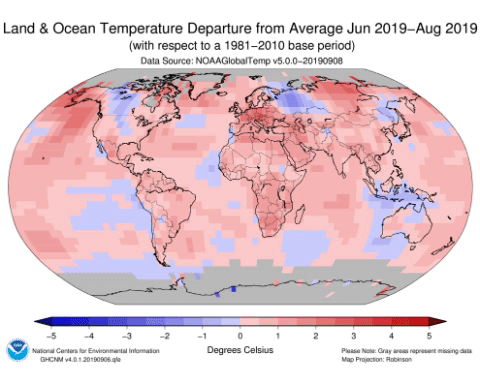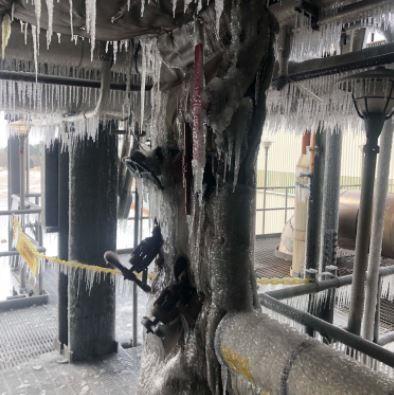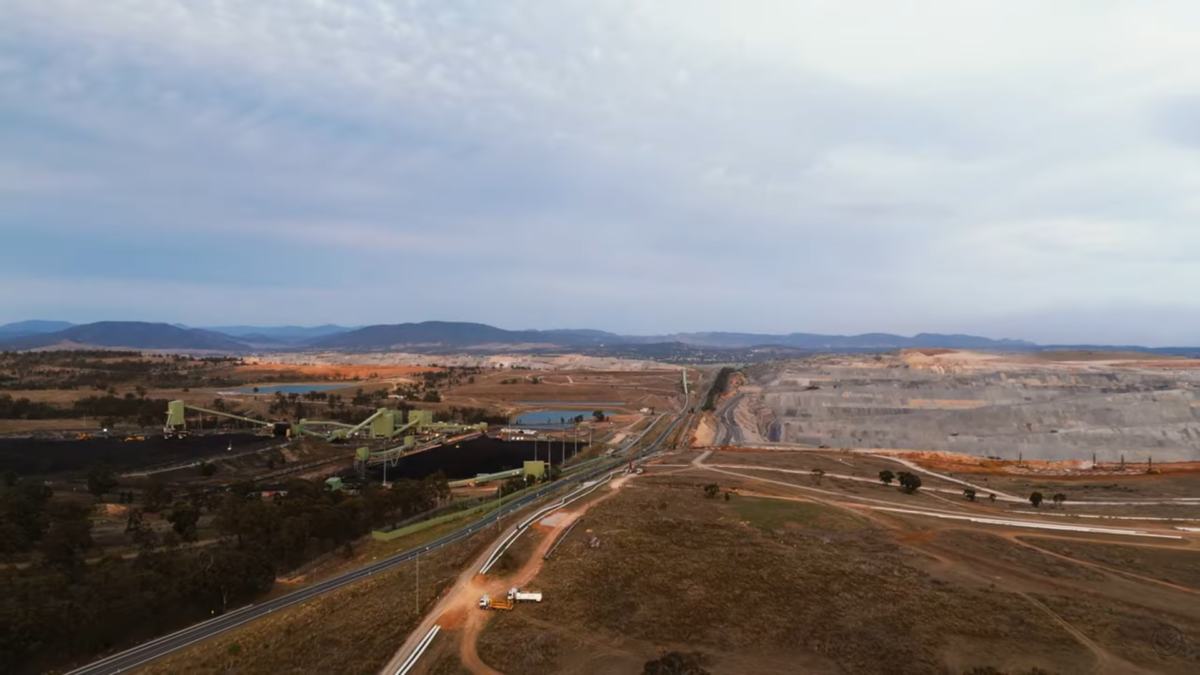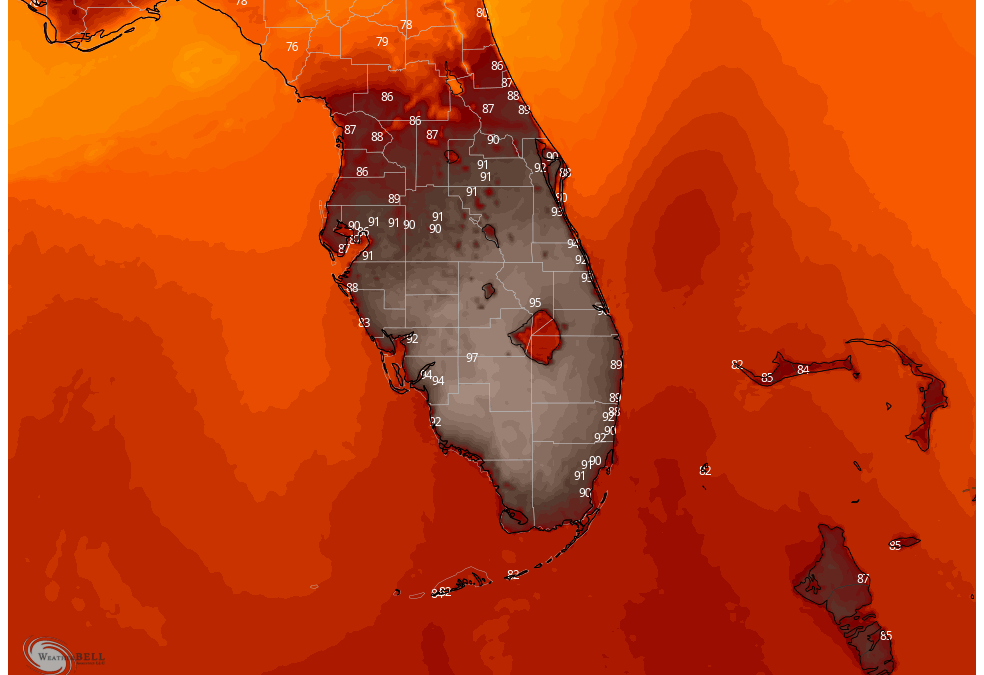More than 11,000 scientists issue warning of climate emergency – “An immense increase of scale in endeavors to conserve our biosphere is needed to avoid untold suffering due to the climate crisis”
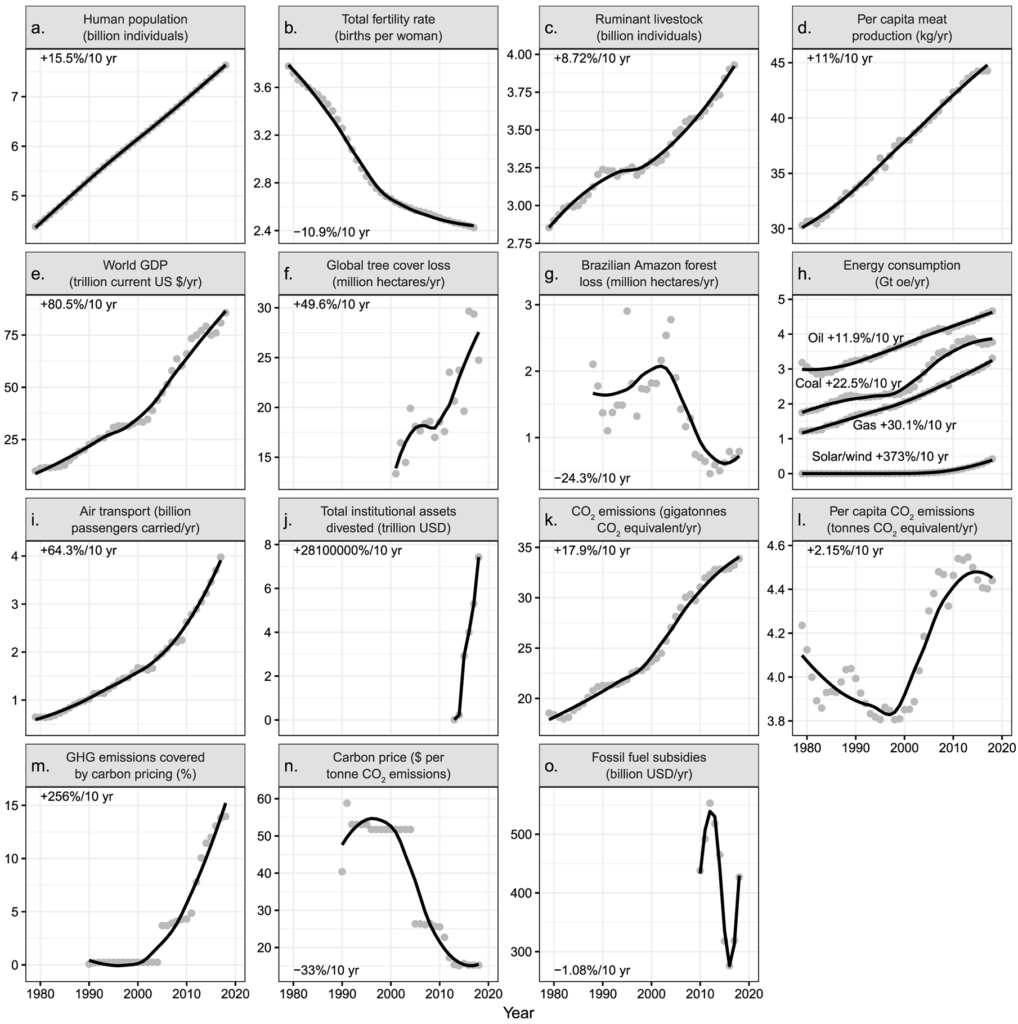
5 November 2019 (BioScience) – Scientists have a moral obligation to clearly warn humanity of any catastrophic threat and to “tell it like it is.” On the basis of this obligation and the graphical indicators presented below, we declare, with more than 11,000 scientist signatories from around the world, clearly and unequivocally that planet Earth is facing a climate emergency.
Exactly 40 years ago, scientists from 50 nations met at the First World Climate Conference (in Geneva 1979) and agreed that alarming trends for climate change made it urgently necessary to act. Since then, similar alarms have been made through the 1992 Rio Summit, the 1997 Kyoto Protocol, and the 2015 Paris Agreement, as well as scores of other global assemblies and scientists’ explicit warnings of insufficient progress (Ripple et al. 2017). Yet greenhouse gas (GHG) emissions are still rapidly rising, with increasingly damaging effects on the Earth’s climate. An immense increase of scale in endeavors to conserve our biosphere is needed to avoid untold suffering due to the climate crisis (IPCC 2018).
Most public discussions on climate change are based on global surface temperature only, an inadequate measure to capture the breadth of human activities and the real dangers stemming from a warming planet (Briggs et al. 2015). Policymakers and the public now urgently need access to a set of indicators that convey the effects of human activities on GHG emissions and the consequent impacts on climate, our environment, and society. Building on prior work (see supplemental file S2), we present a suite of graphical vital signs of climate change over the last 40 years for human activities that can affect GHG emissions and change the climate (figure 1), as well as actual climatic impacts (figure 2). We use only relevant data sets that are clear, understandable, systematically collected for at least the last 5 years, and updated at least annually.
The climate crisis is closely linked to excessive consumption of the wealthy lifestyle. The most affluent countries are mainly responsible for the historical GHG emissions and generally have the greatest per capita emissions (table S1). In the present article, we show general patterns, mostly at the global scale, because there are many climate efforts that involve individual regions and countries. Our vital signs are designed to be useful to the public, policymakers, the business community, and those working to implement the Paris climate agreement, the United Nations’ Sustainable Development Goals, and the Aichi Biodiversity Targets.
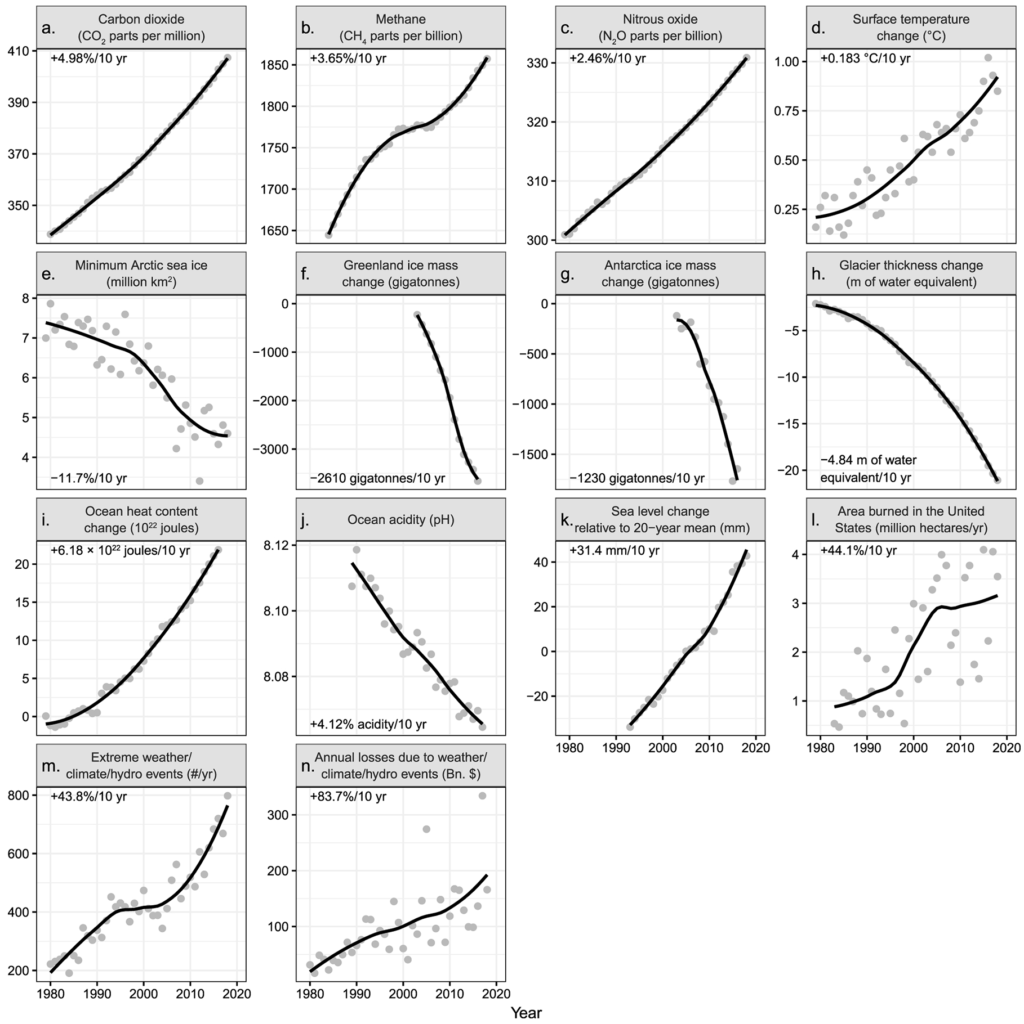
Profoundly troubling signs from human activities include sustained increases in both human and ruminant livestock populations, per capita meat production, world gross domestic product, global tree cover loss, fossil fuel consumption, the number of air passengers carried, carbon dioxide (CO2) emissions, and per capita CO2 emissions since 2000 (figure 1, supplemental file S2). Encouraging signs include decreases in global fertility (birth) rates (figure 1b), decelerated forest loss in the Brazilian Amazon (figure 1g), increases in the consumption of solar and wind power (figure 1h), institutional fossil fuel divestment of more than US$7 trillion (figure 1j), and the proportion of GHG emissions covered by carbon pricing (figure 1m). However, the decline in human fertility rates has substantially slowed during the last 20 years (figure 1b), and the pace of forest loss in Brazil’s Amazon has now started to increase again (figure 1g). Consumption of solar and wind energy has increased 373% per decade, but in 2018, it was still 28 times smaller than fossil fuel consumption (combined gas, coal, oil; figure 1h). As of 2018, approximately 14.0% of global GHG emissions were covered by carbon pricing (figure 1m), but the global emissions-weighted average price per tonne of carbon dioxide was only around US$15.25 (figure 1n). A much higher carbon fee price is needed (IPCC 2018, section 2.5.2.1). Annual fossil fuel subsidies to energy companies have been fluctuating, and because of a recent spike, they were greater than US$400 billion in 2018 (figure 1o).
Especially disturbing are concurrent trends in the vital signs of climatic impacts (figure 2, supplemental file S2). Three abundant atmospheric GHGs (CO2, methane, and nitrous oxide) continue to increase (see figure S1 for ominous 2019 spike in CO2), as does global surface temperature (figure 2a–2d). Globally, ice has been rapidly disappearing, evidenced by declining trends in minimum summer Arctic sea ice, Greenland and Antarctic ice sheets, and glacier thickness worldwide (figure 2e–2h). Ocean heat content, ocean acidity, sea level, area burned in the United States, and extreme weather and associated damage costs have all been trending upward (figure 2i–2n). Climate change is predicted to greatly affect marine, freshwater, and terrestrial life, from plankton and corals to fishes and forests (IPCC 2018, 2019). These issues highlight the urgent need for action.
Despite 40 years of global climate negotiations, with few exceptions, we have generally conducted business as usual and have largely failed to address this predicament (figure 1). The climate crisis has arrived and is accelerating faster than most scientists expected (figure 2, IPCC 2018). It is more severe than anticipated, threatening natural ecosystems and the fate of humanity (IPCC 2019). Especially worrisome are potential irreversible climate tipping points and nature’s reinforcing feedbacks (atmospheric, marine, and terrestrial) that could lead to a catastrophic “hothouse Earth,” well beyond the control of humans (Steffen et al. 2018). These climate chain reactions could cause significant disruptions to ecosystems, society, and economies, potentially making large areas of Earth uninhabitable.
To secure a sustainable future, we must change how we live, in ways that improve the vital signs summarized by our graphs. Economic and population growth are among the most important drivers of increases in CO2 emissions from fossil fuel combustion (Pachauri et al. 2014, Bongaarts and O’Neill 2018); therefore, we need bold and drastic transformations regarding economic and population policies. We suggest six critical and interrelated steps (in no particular order) that governments, businesses, and the rest of humanity can take to lessen the worst effects of climate change. These are important steps but are not the only actions needed or possible (Pachauri et al. 2014, IPCC 2018, 2019). [more]
